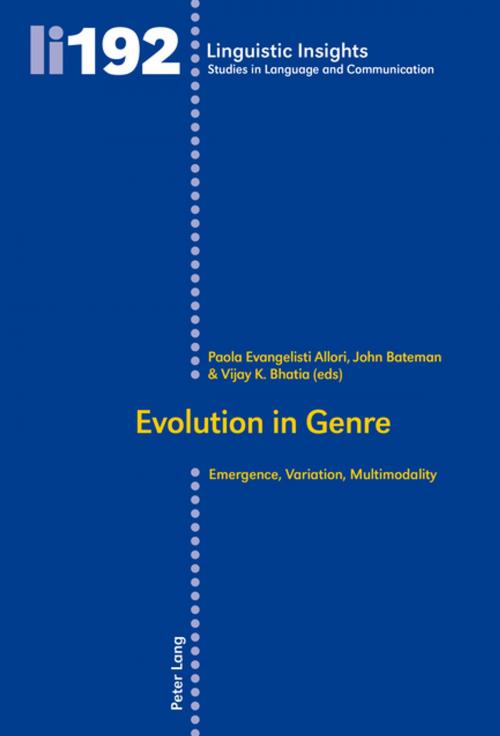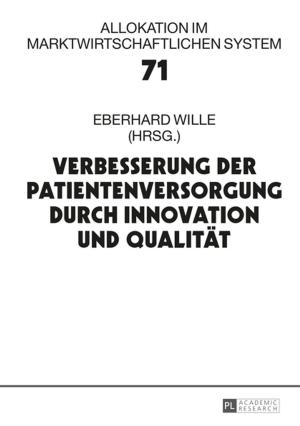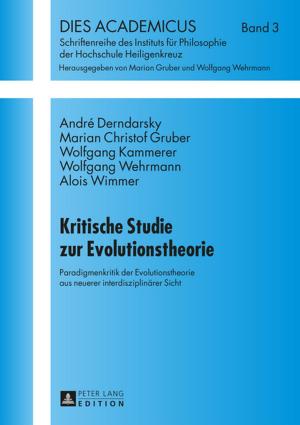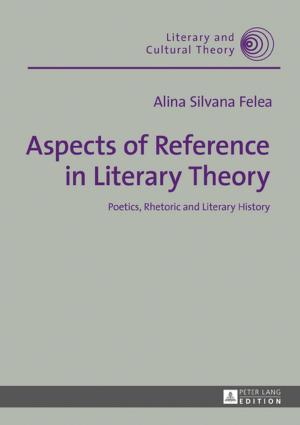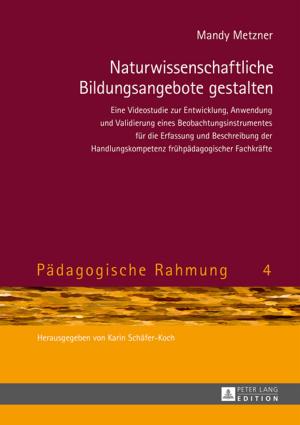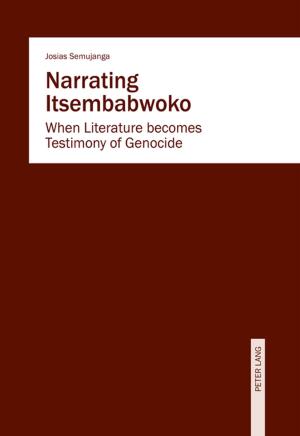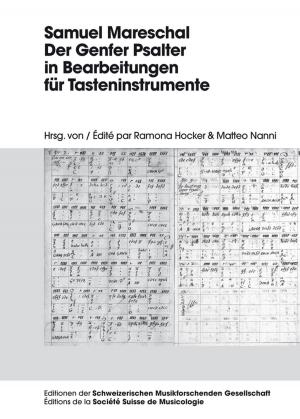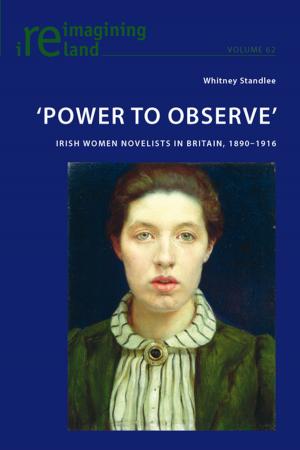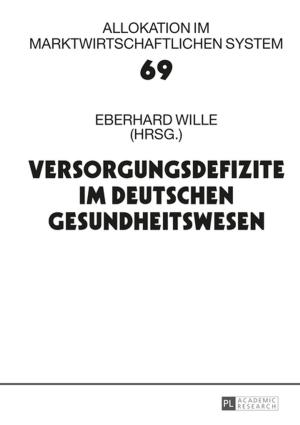Evolution in Genre
Emergence, Variation, Multimodality
Nonfiction, Reference & Language, Language Arts, Public Speaking, Business & Finance, Business Reference, Business Communication| Author: | ISBN: | 9783035195699 | |
| Publisher: | Peter Lang | Publication: | October 27, 2014 |
| Imprint: | Peter Lang AG, Internationaler Verlag der Wissenschaften | Language: | English |
| Author: | |
| ISBN: | 9783035195699 |
| Publisher: | Peter Lang |
| Publication: | October 27, 2014 |
| Imprint: | Peter Lang AG, Internationaler Verlag der Wissenschaften |
| Language: | English |
The notion of ‘genre’ has established itself as a key concept in many disciplines and fields as a means of describing social action and/or recurring patterns of form. Recent social and technological changes are driving the emergence of new genres, the evolution of traditional ones as well as variation within them. In this volume a range of approaches addressing the evolution of genre are presented. Many draw on corpus analysis of the lexicogrammatical features employed in the communicative artefacts addressed; several extend traditional corpus analysis to include non-linguistic or extra-linguistic features involved in multimodal communication. Connections with social theories are discussed, as is the notion of families or groups of genres co-existing within broader constellations. Genres are examined in detail for their linguistic and non-linguistic realisations and forms of expression across related genres and within the ‘same’ genre when subjected to differing social or medial constraints or possibilities. In all cases, we see how genre continues to function as an effective tool for following communication as it, its contexts of use, and its social functions evolve.
The notion of ‘genre’ has established itself as a key concept in many disciplines and fields as a means of describing social action and/or recurring patterns of form. Recent social and technological changes are driving the emergence of new genres, the evolution of traditional ones as well as variation within them. In this volume a range of approaches addressing the evolution of genre are presented. Many draw on corpus analysis of the lexicogrammatical features employed in the communicative artefacts addressed; several extend traditional corpus analysis to include non-linguistic or extra-linguistic features involved in multimodal communication. Connections with social theories are discussed, as is the notion of families or groups of genres co-existing within broader constellations. Genres are examined in detail for their linguistic and non-linguistic realisations and forms of expression across related genres and within the ‘same’ genre when subjected to differing social or medial constraints or possibilities. In all cases, we see how genre continues to function as an effective tool for following communication as it, its contexts of use, and its social functions evolve.
